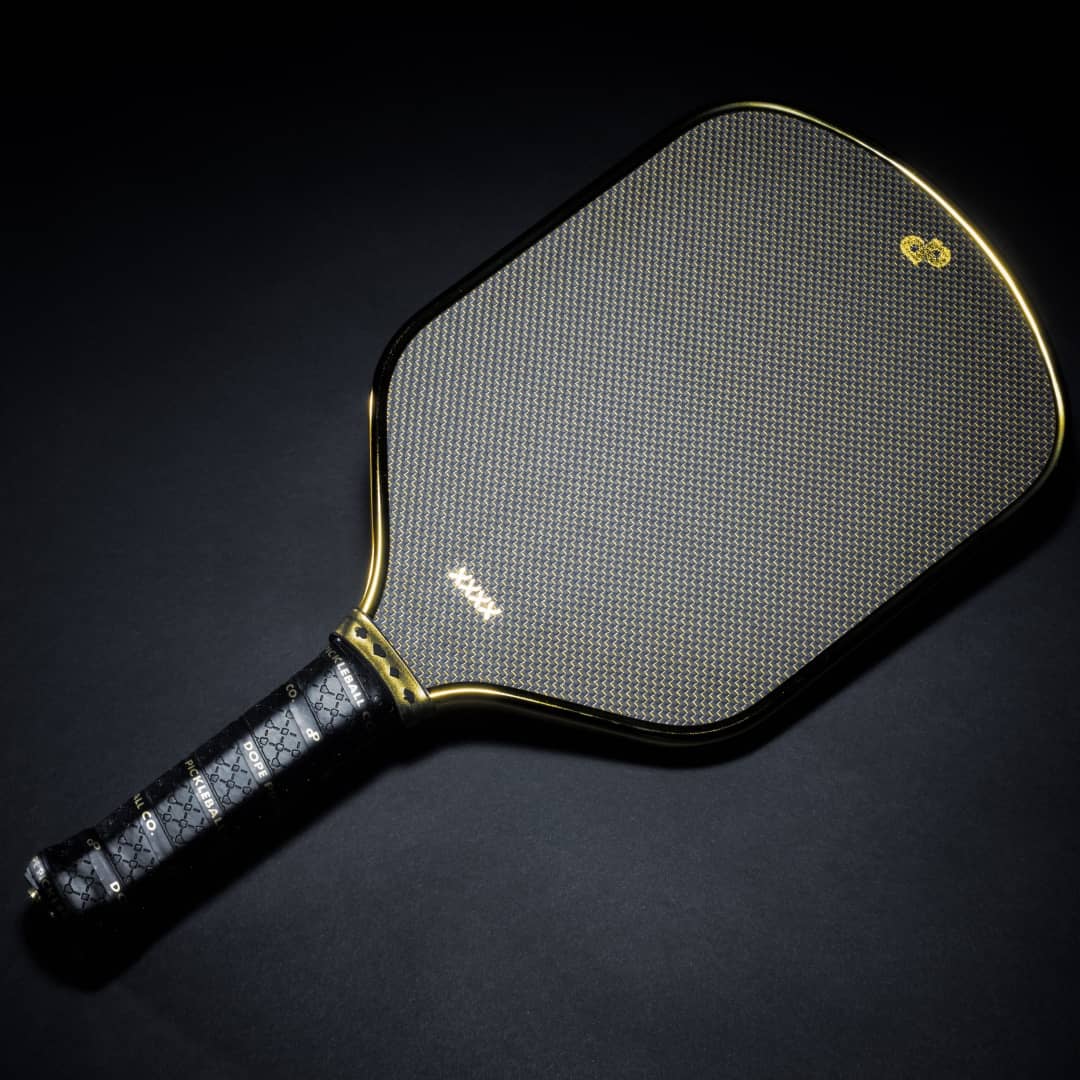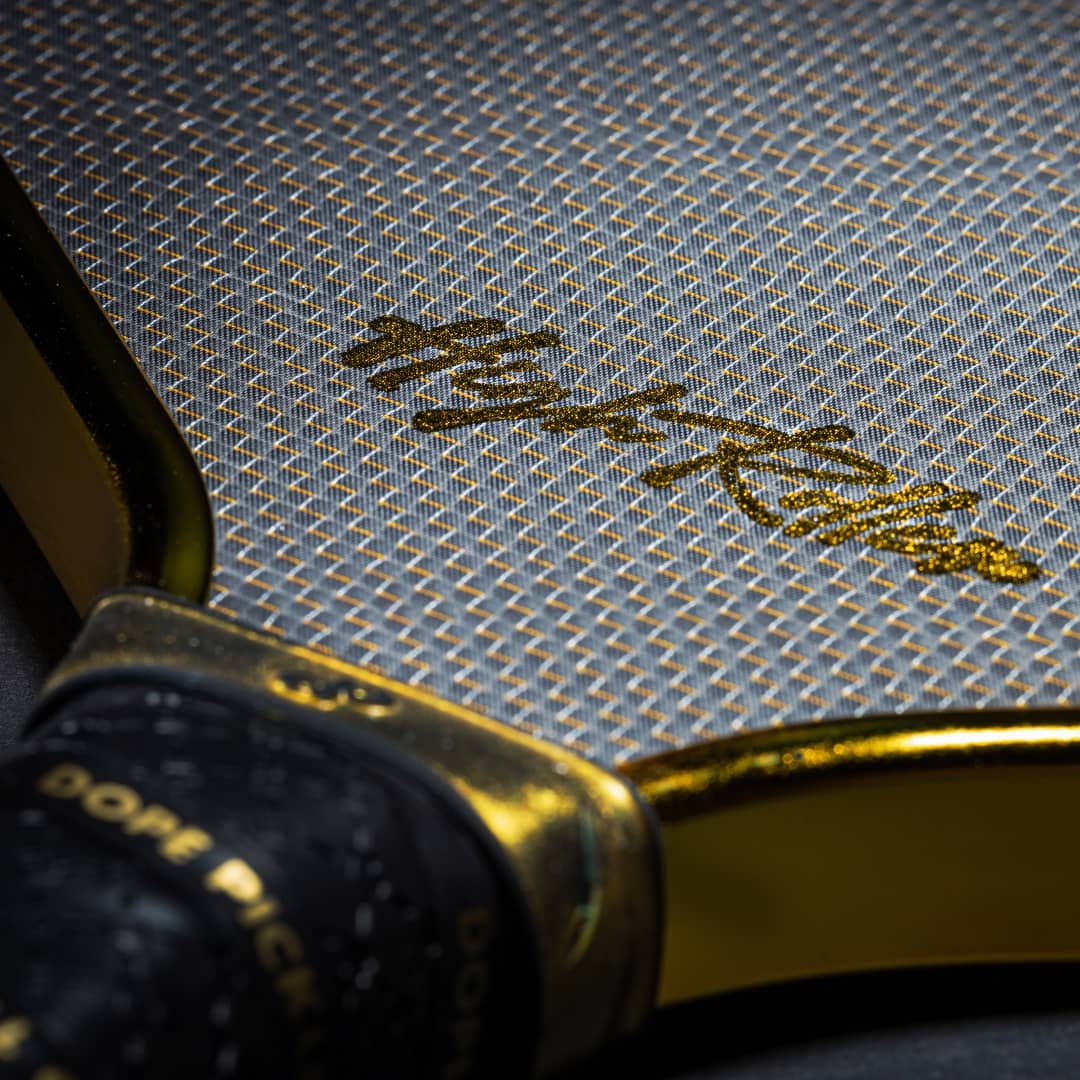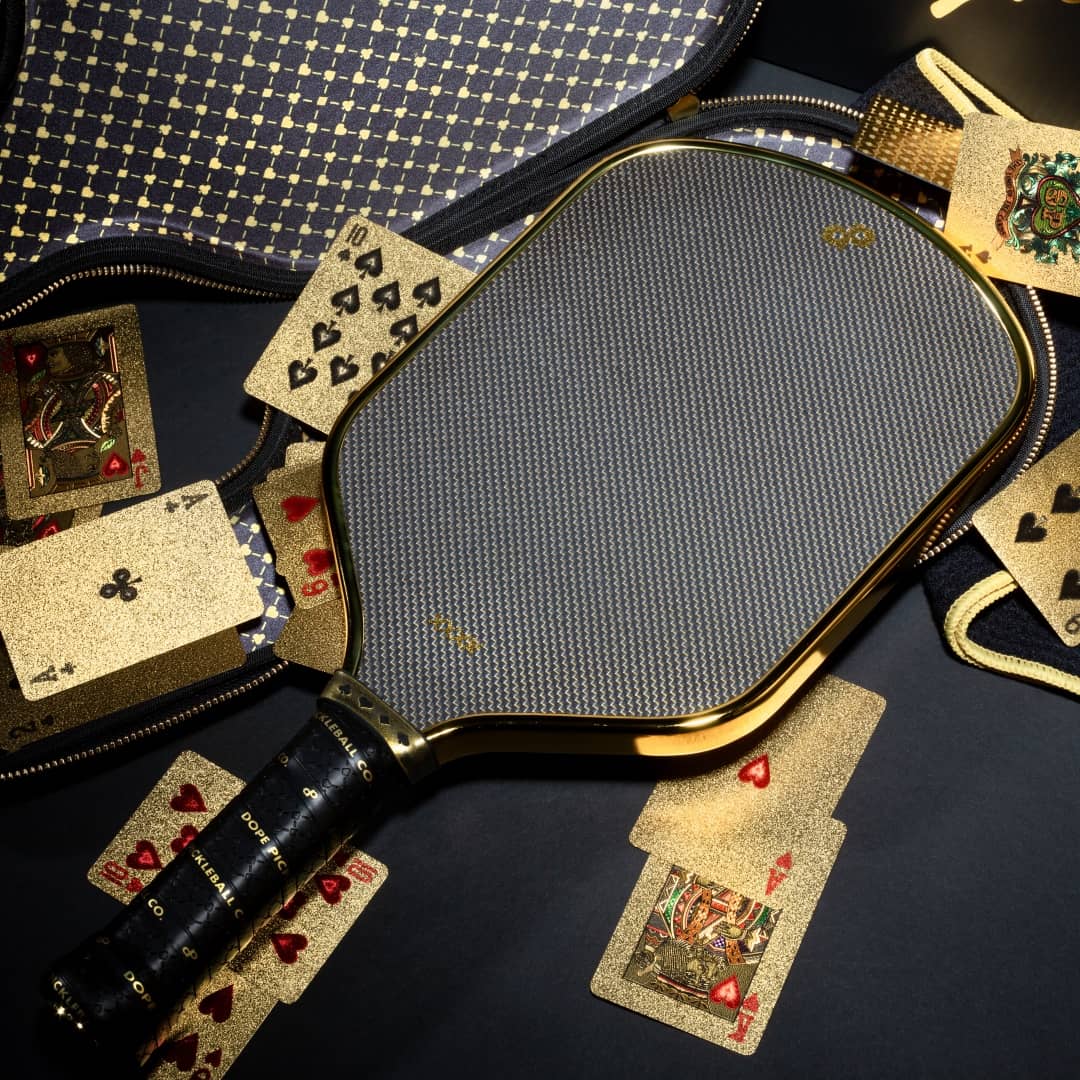Two Court Sports. Two Completely Different Games.
Pickleball and tennis are often mentioned in the same breath, especially by people new to either sport. On the surface, they look similar—both are paddle or racket sports, played on courts with a net, scored in sets or games, and centered around quick reflexes and sharp angles. But the deeper you go, the more the differences stand out.
This post breaks down every key difference between tennis and pickleball—from court size and scoring to the gear, strategy, and intensity—so you’ll know exactly what sets these two apart.
1. Court Size and Layout
The most immediate difference is the size of the court:
- Tennis Court: 78 feet long x 36 feet wide (doubles)
- Pickleball Court: 44 feet long x 20 feet wide (same for singles and doubles)
Pickleball courts are smaller and more compact, making them ideal for tighter spaces—like driveways, gyms, and community centers. Because of the smaller area, players rely more on quick reaction time and smart shot placement than long-distance running.
2. Equipment: Rackets vs Paddles
Tennis players use strung rackets, typically made from graphite or composite materials. These rackets are larger and designed to generate topspin, slice, and power through ball compression.
Pickleball players use solid-faced paddles made from composite, carbon fiber, or wood. The ball is a hollow, perforated plastic wiffle-ball-style ball—completely different from the fuzzy pressurized tennis ball.
Pickleball paddles come in different shapes and thicknesses. Brands like Dope Pickleball have started creating premium paddles designed to offer more touch, control, and durability for serious players.
3. The Ball Itself
One of the biggest gameplay differences comes down to the ball:
- Tennis ball: Pressurized, bounces high, made of rubber and felt.
- Pickleball: Lightweight plastic, perforated, minimal bounce.
This dramatically affects the speed and style of the game. Tennis is faster in terms of ball velocity, but pickleball requires quicker net exchanges and more immediate reaction times due to the close proximity of players.
4. Serving Styles and Rules
Tennis: Players serve overhead, often using power and spin to dominate points early. The serve can be a weapon in tennis, with speeds reaching over 120 mph in professional matches.
Pickleball: Serves must be underhand with an upward swing and struck below the waist. They’re more about getting the point started than winning it outright. In addition, pickleball has a unique “two-bounce rule” where the ball must bounce once on each side before players can volley.
5. Scoring Systems
Tennis scoring: Uses a point system of 15, 30, 40, and game. Matches are divided into sets. It’s more traditional and complex to newcomers.
Pickleball scoring: Straightforward. Games are typically played to 11 points, and you must win by 2. Only the serving team can score, and matches can be finished in under 15 minutes.
6. Movement and Physical Demand
Tennis requires more sprinting, lateral motion, and explosive power due to the larger court size. It’s physically demanding, and matches can last hours at high levels.
Pickleball, on the other hand, is more about agility, precision, and strategy. Players move less but must have sharp reflexes and control. That’s why it's accessible to all ages and why it’s seen such explosive growth in the past few years.
7. Doubles vs Singles
In both sports, doubles is the more common recreational format. However, pickleball doubles is particularly popular, as it emphasizes teamwork, positioning, and “kitchen” strategy (more on that below), with less emphasis on covering large court space.
Singles in tennis is highly demanding and prestigious. Singles in pickleball is faster and more exhausting due to short-court reactions, but less common among casual players.
8. The Kitchen: A Rule Unique to Pickleball
Pickleball features a 7-foot no-volley zone on either side of the net called “the kitchen.” Players cannot volley (hit out of the air) while standing in this zone. It adds a layer of finesse and strategy—players must control the net, but not over-commit.
Tennis has no such restriction. Players can approach the net freely, often to execute volleys or drop shots.
9. Speed vs Control
Tennis: Speed, topspin, angles, and endurance dominate the game.
Pickleball: Control, placement, soft shots (“dinks”), and quick hands at the net define gameplay.
This is one of the reasons pickleball is growing fast—it’s more approachable for casual players but still technical enough for competitive athletes to obsess over.
10. Popularity and Culture
Tennis has been around since the late 19th century. It has an established professional circuit, worldwide fan base, and an air of prestige that draws millions to Grand Slams like Wimbledon and the US Open.
Pickleball is younger—but it’s growing exponentially. It’s fun, fast, easy to learn, and wildly inclusive. Brands like Dope Pickleball are making it even more accessible for a new generation by introducing premium, stylish, and street-ready gear that flips the script on what a “pickleball brand” should look like.
Conclusion: Which One’s Better?
That depends on your vibe.
- If you want tradition, long rallies, and full-court action: Tennis is your game.
- If you want fast reactions, addictive rallies, and a fun, social vibe: Pickleball is where it’s at.
Ultimately, both sports challenge different skill sets—but only one is rewriting the rules in real-time, both on the court and off. And if you’re ready to step into that world, make sure your paddle reflects your energy.
Try It for Yourself
If you’re curious about the difference between tennis and pickleball, stop reading and hit the court. Grab a paddle, find a local game, and experience the difference yourself. And if you want to look like you belong on day one? Start with gear that stands out—Dope Pickleball has you covered.











Share: